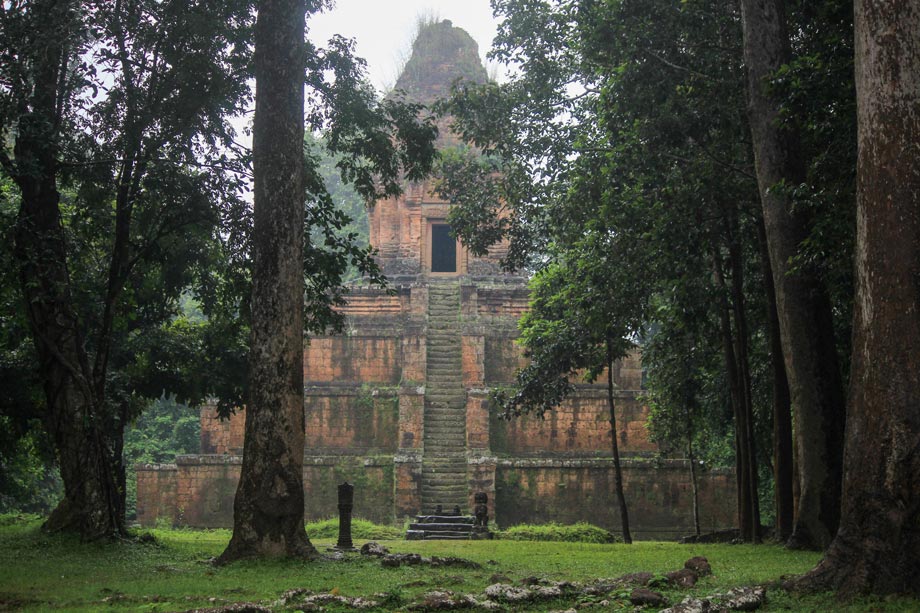
Location and Historical Significance of Baksei Chamkrong
Nestled just outside the southern gate of Angkor Thom, Baksei Chamkrong is one of the most overlooked yet captivating temples in the Angkor Archaeological Park near Siem Reap, Cambodia.

This compact, pyramid-shaped temple was initiated during the reign of Harshavarman I and completed under Rajendravarman II in the 10th century (circa 944–968). What makes Baksei Chamkrong truly remarkable is its early use of brick and laterite, enhanced with delicate sandstone carvings—a departure from the more colossal sandstone-only structures of later periods.
Standing 13 meters tall, its symmetrical design features four stairways leading up to a small shrine. The highlight: a beautifully preserved lintel of Indra, the Vedic god of storms, atop his three-headed elephant Airavata—a testament to Khmer artistry.
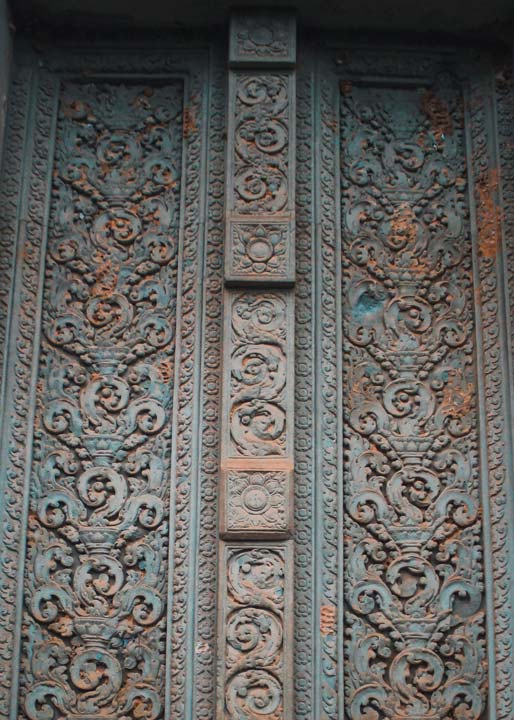
Meaning Behind the Name: “The Bird Who Shelters Under Its Wings”
“Baksei Chamkrong” is more than just a poetic name—it’s rooted in legend. The story tells of a Khmer king fleeing Angkor during an invasion, when a giant bird descended from the sky and protected him with its wings. This symbolic gesture of shelter and protection has made the temple a spiritual haven for centuries.
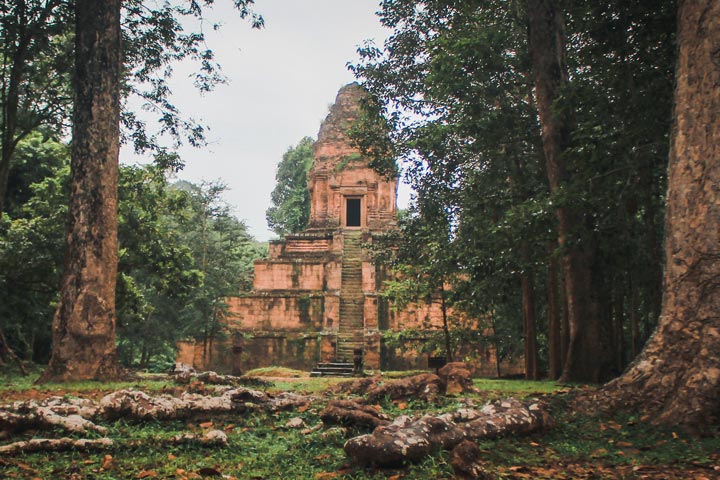
Experiencing Baksei Chamkrong During Cambodia’s Rainy Season
On a quiet, drizzly afternoon at 3:00 PM, I made my way to Baksei Chamkrong with an umbrella in hand and camera in tow. The gentle rain, filtered light, and whispering breeze created an ethereal experience that no sunny day could match.
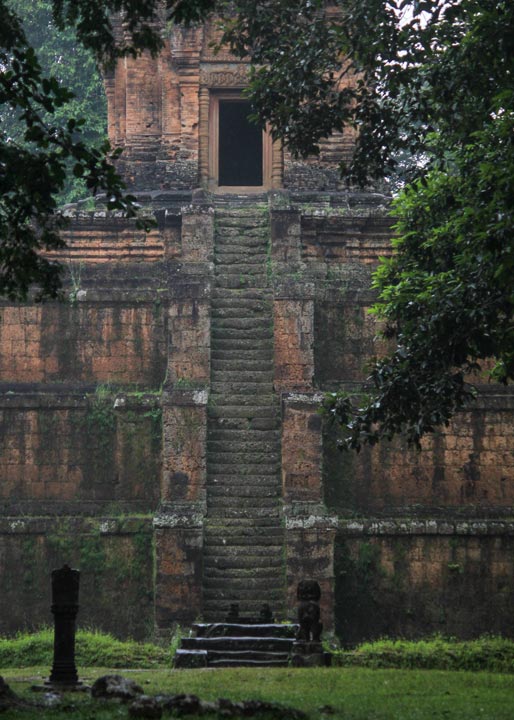
The ancient bricks were damp and richly colored, wrapped in vibrant moss and creeping vines. Nearby, the silhouette of Phnom Bakheng peeked through the mist, adding a dramatic backdrop to the scene.
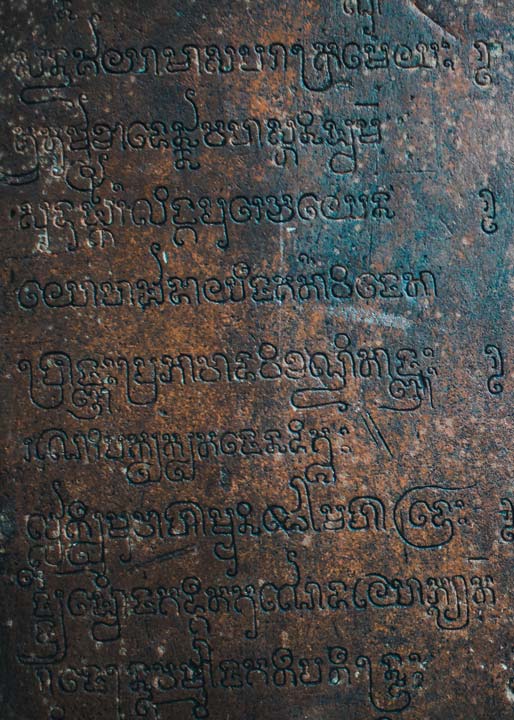
Climbing the steep, weathered steps required care—but the reward was well worth it. At the summit, I inhaled the earthy scent of rain-soaked stone, surrounded by silence broken only by the rustle of leaves. Inside the shrine, a reclining Buddha—head south, face east—offered a quiet moment of reflection.
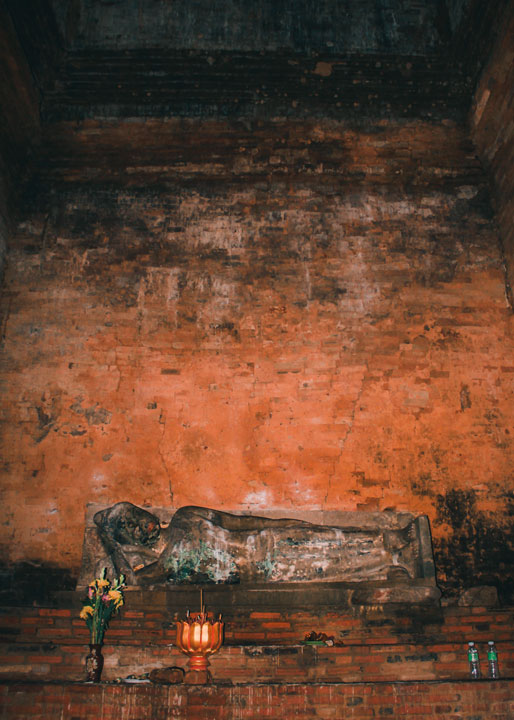
Video
Travel Tips for Visiting Baksei Chamkrong in the Rainy Season
Visiting during the monsoon? Here’s what to pack for a smooth and safe temple trip:
Light Raincoat or Umbrella – Sudden showers are common, but they pass quickly.
Insect Repellent – Mosquitoes love the damp climate—don’t let them ruin your visit.
Grippy Footwear – Wet stone steps can be slick. Go for hiking sandals or trail shoes.
Camera Protection – A waterproof bag or cover is great for safeguarding your gear.
🛈 Tip: Early mornings or late afternoons during the rainy season offer the best light for photography and fewer crowds.
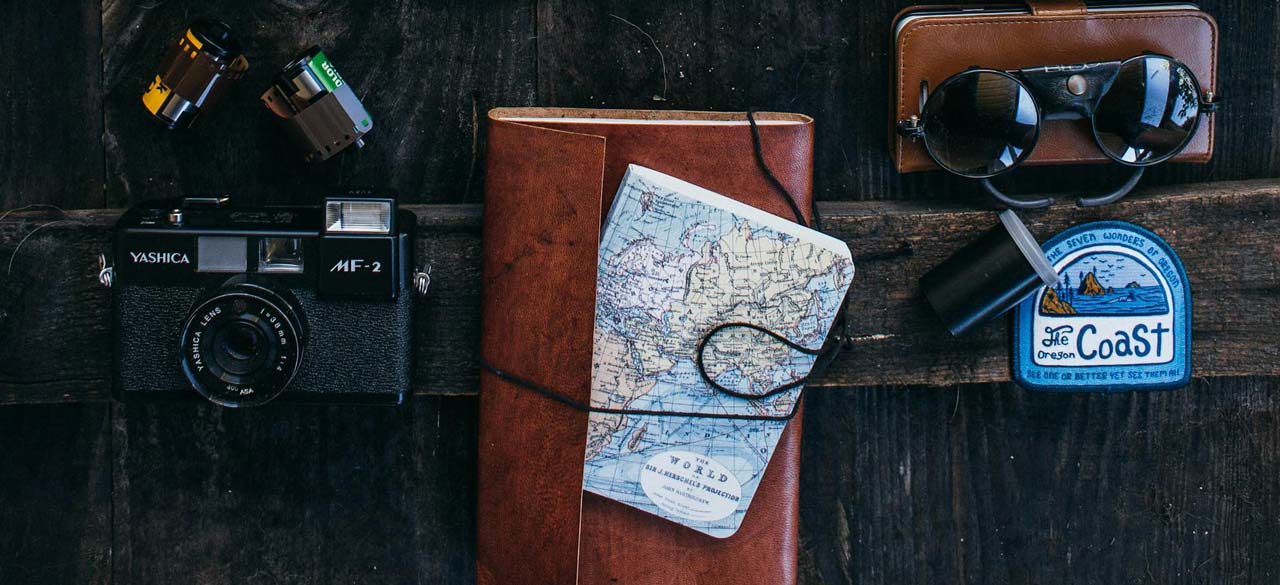
Travel Gear
How to Reach Baksei Chamkrong from Siem Reap
Baksei Chamkrong is just 15–20 minutes from central Siem Reap and is part of the main Angkor route:
Bicycle: Ideal for budget travelers and photographers wanting full control over their itinerary.
Scooter Rental: Perfect for independent explorers covering multiple temples in a day.
Tuk-Tuk: A popular choice—affordable, shaded, and great for chatting with local drivers.
Private Vehicle: Best for families or travelers who prefer air-conditioned comfort.
Map of Baksei Chamkrong
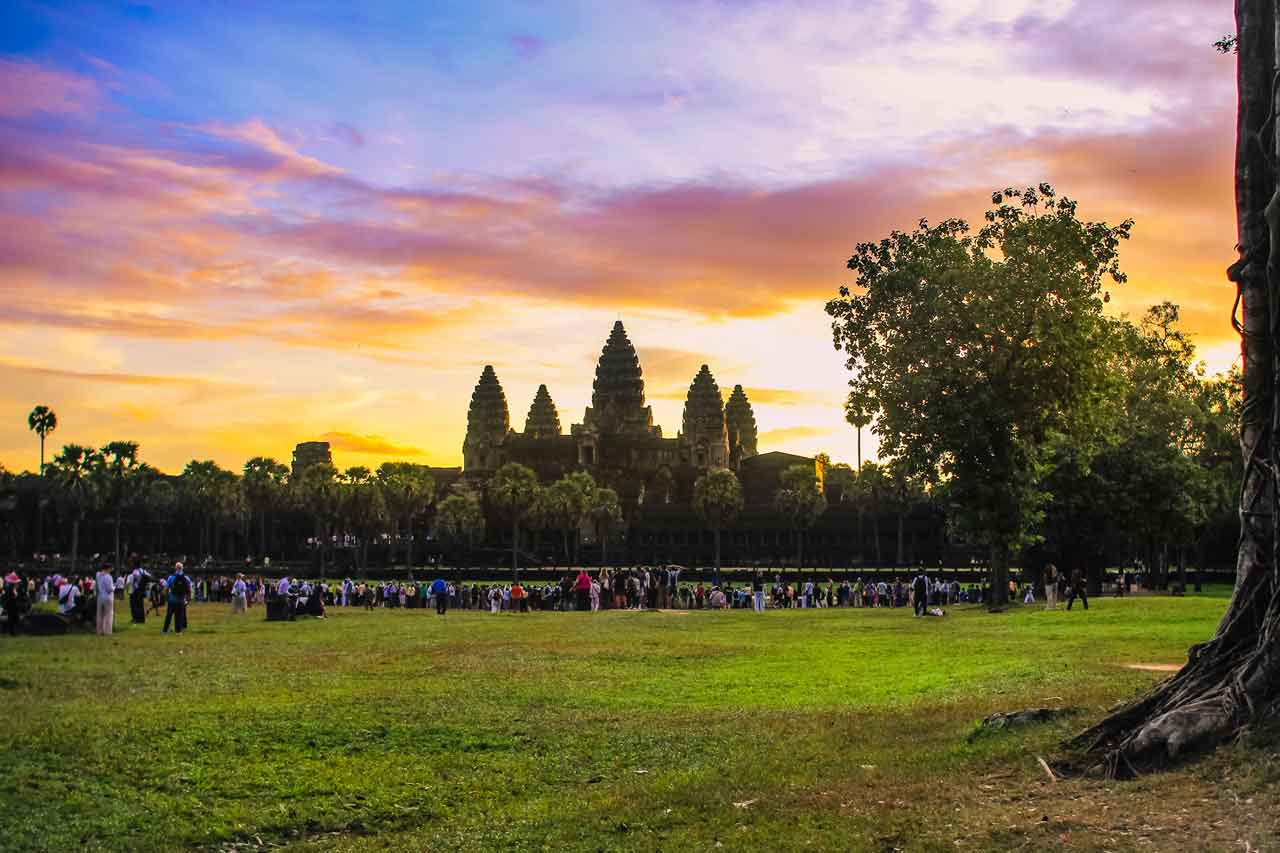
BEST Daytrip in Siem Reap
Frequently Asked Questions About Baksei Chamkrong
Q. Is Baksei Chamkrong crowded?
A. No. It’s rarely busy, especially compared to Angkor Wat or Ta Prohm. A great place for solitude and unique photos.
Q. How much time should I spend there?
A. About 30 to 45 minutes is perfect for exploring the structure, taking in the views, and enjoying some quiet reflection.
Q. Is there an entrance fee?
A. It’s included in the Angkor Pass, which you’ll need to access all official temple sites in the Angkor Archaeological Park.
Photo by Sathya Moth

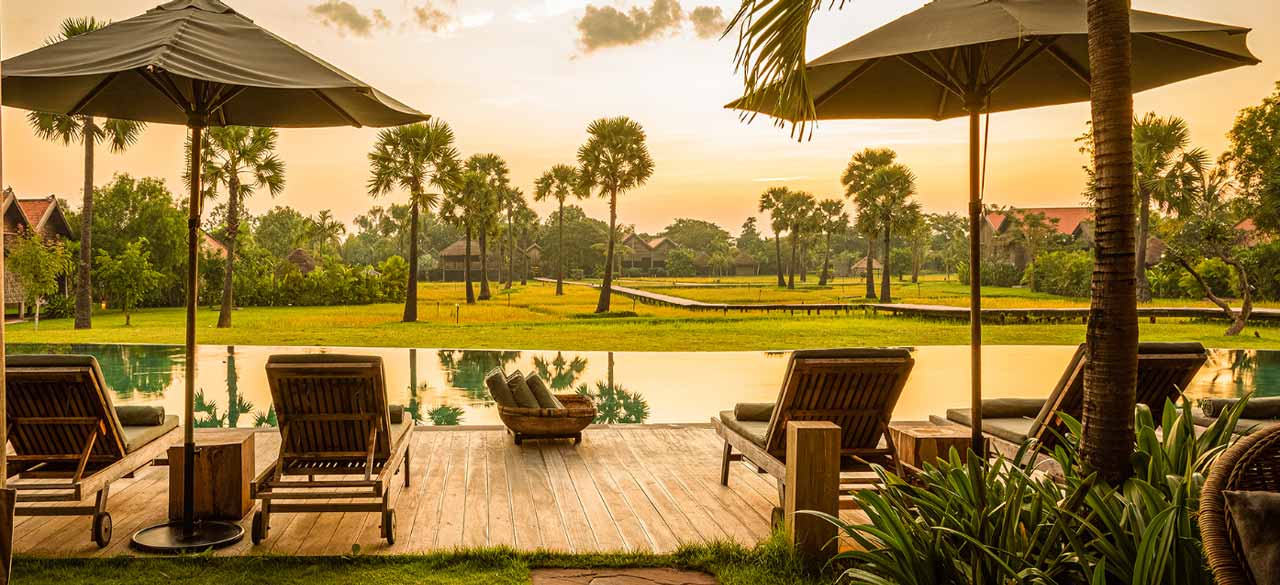
BEST Hotels in Siem Reap
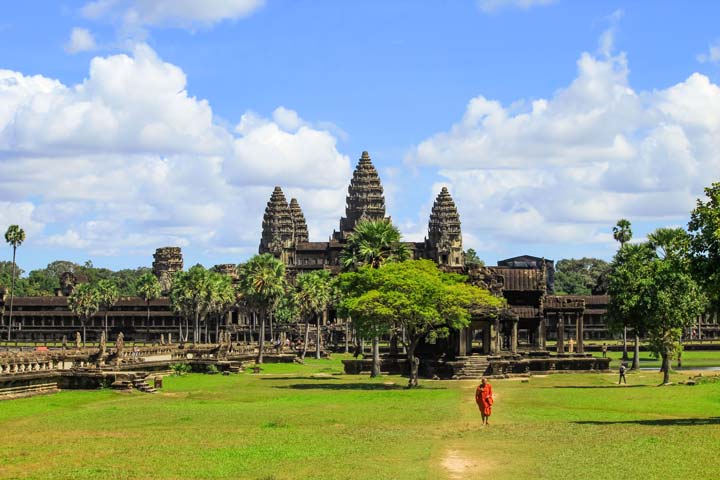
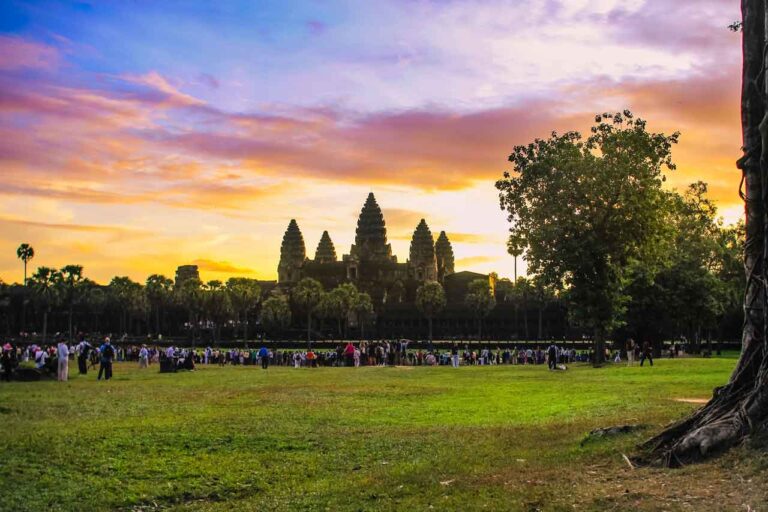
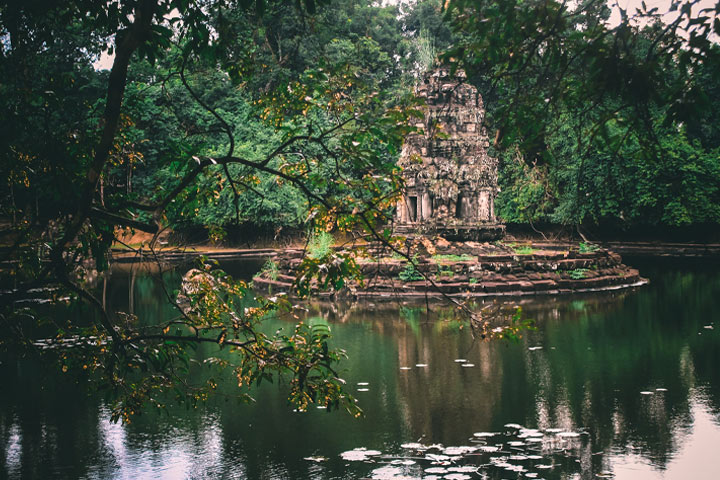
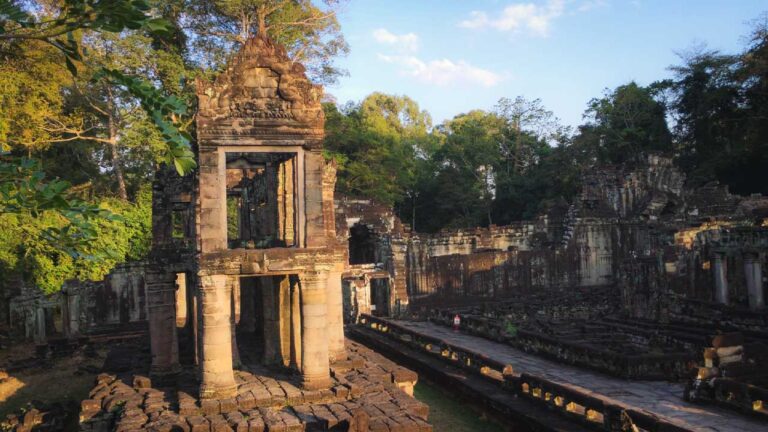
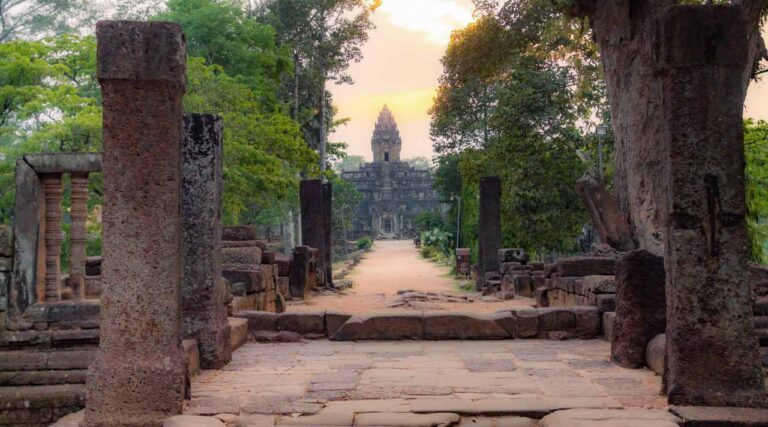
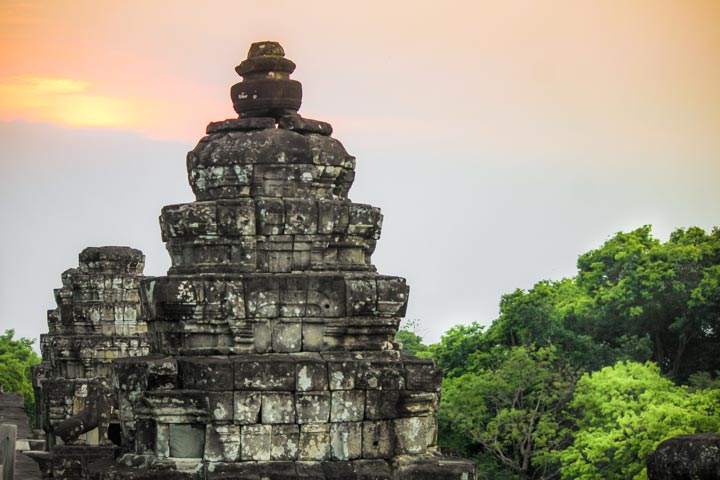
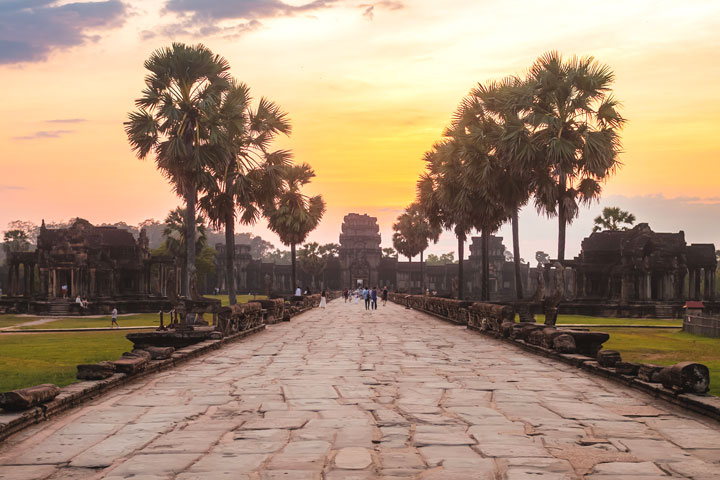
Leave a Reply